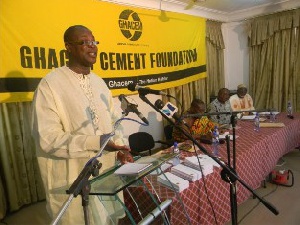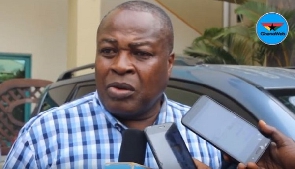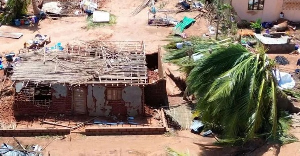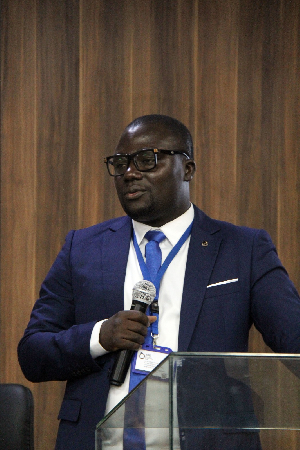The Strategy and Corporate Affairs Director of Ghacem Limited, Dr. George Dawson-Ahmoah has emphasized that Ghacem is committed towards supporting government in its quest to develop the country’s infrastructural facilities through the Ghacem Cement Foundation (GCF).
He said the GCF was set up by Ghacem in 2002 to assist deprived communities in the country to improve their health and educational infrastructure, and has so far donated about 350,000 bags of cement (an equivalent value of about GHC 6million) for the construction of such facilities, particularly in deprived communities since its inception.
Dr. Dawson-Ahmoah, who is also the Secretary to the foundation, was speaking in an interview in Tamale at a function where beneficiaries of this year’s Ghacem Cement Foundation free cement allocation scheme from the northern sector of the country were presented with chits for their allocations.
Beneficiary Regions that formed part of the Northern Sector of the country included the Upper East, Upper West, Northern, Ashanti and Brong Ahafo.
The donation is the last of two distributions which has been carried out by the foundation this year.
The Southern Sector which comprise the Western, Central, Greater Accra, Eastern and Volta regions were first to benefit from the free cement at a ceremony which was held in July this year at Cape Coast.
According to Dr. Dawson, activities of the GCF formed an essential element of Ghacem’s Corporate Social Responsibilities which was aimed at assisting deprived communities to go a long way to augment Governments efforts towards the development and improvement of the country’s infrastructural facilities.
On his part, Nana Prah Agyensaim VI, Chairman of the GCF stressed that adherence to the criteria for application was very crucial and advised applicants to concentrate on one project at a time for the foundation’s selection committee to appreciate exactly how many bags were genuinely required for a project.
First and foremost, he noted, the free cement allocation was restricted to purposes of rehabilitating or completing an educational or health infrastructure located in rural, poor or very needy communities.
The requirements include an original letter from the Community or Head of institution, the Chief, Chairman of a Town Development Council, a Head Teacher or Head Master in an educational institution or Doctor-in Charge or Medical Assistant, Administrator or Head Midwife in a health institution.
Each application is to be endorsed with a letter from the District Director of Education or Health, the DCE or any Senior Government Official or Chairman of the Town Development Council or head of religious institution, pictures of existing structures to be rehabilitated and have an indication of the time-frame for completion of the project after cement has been received for the purpose.
Click to view details



Business News of Monday, 17 December 2012
Source: thebftonline

















